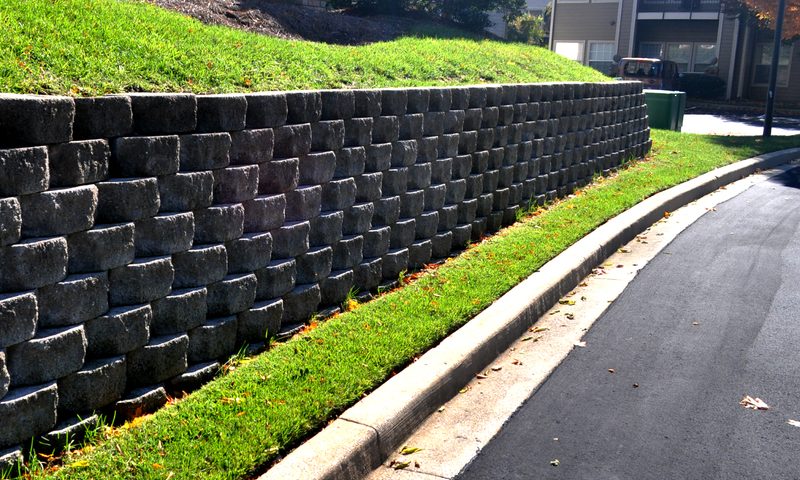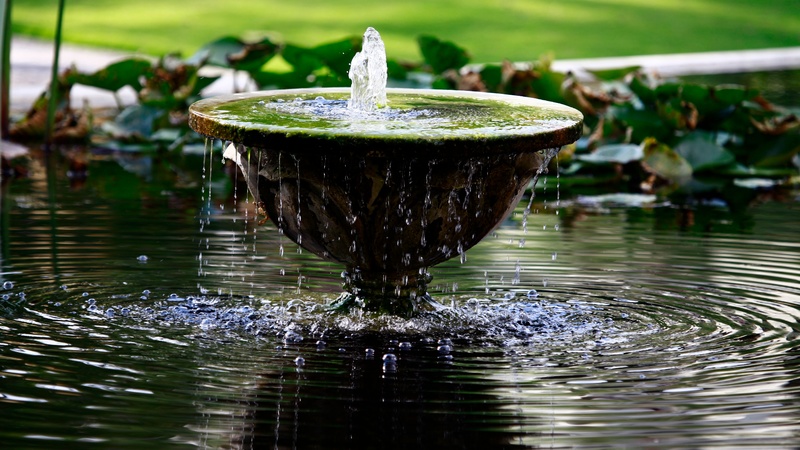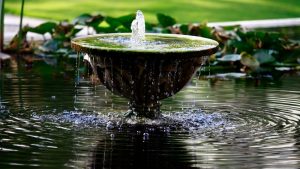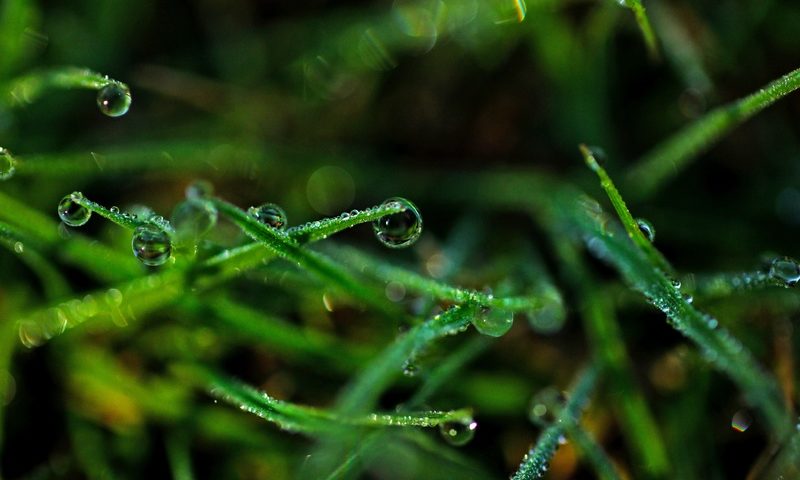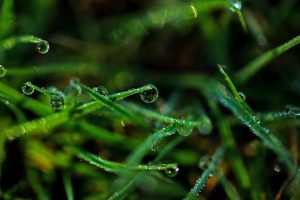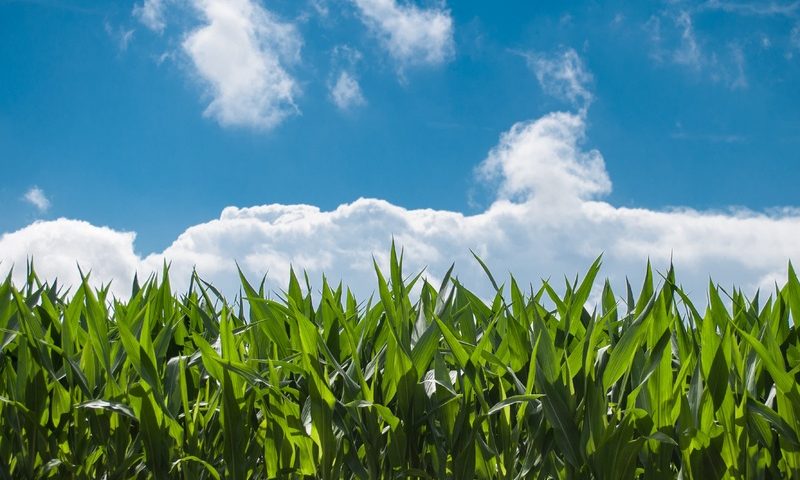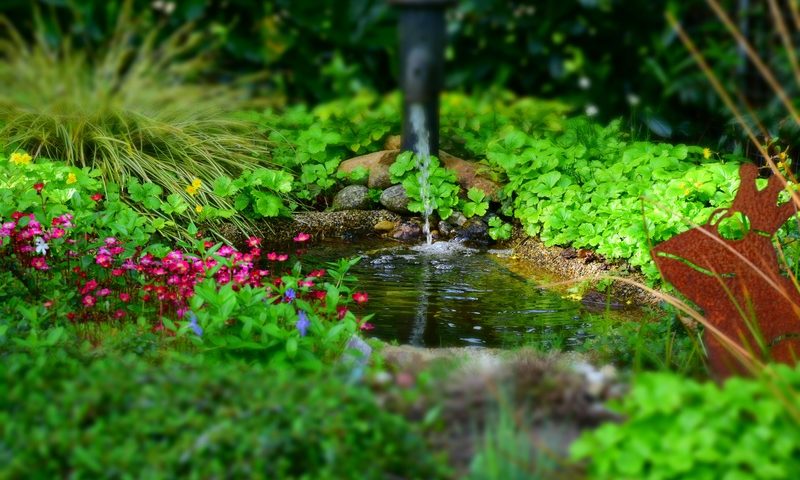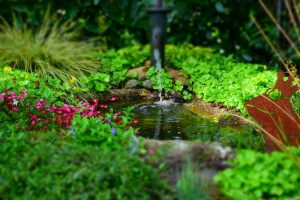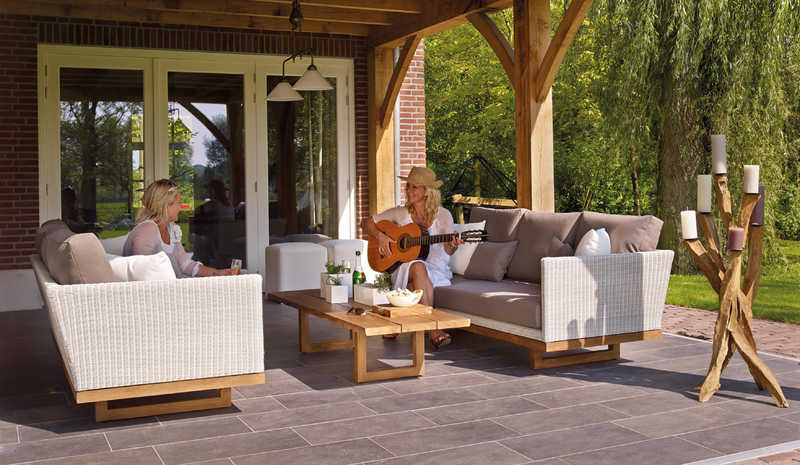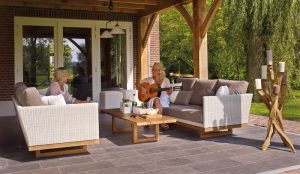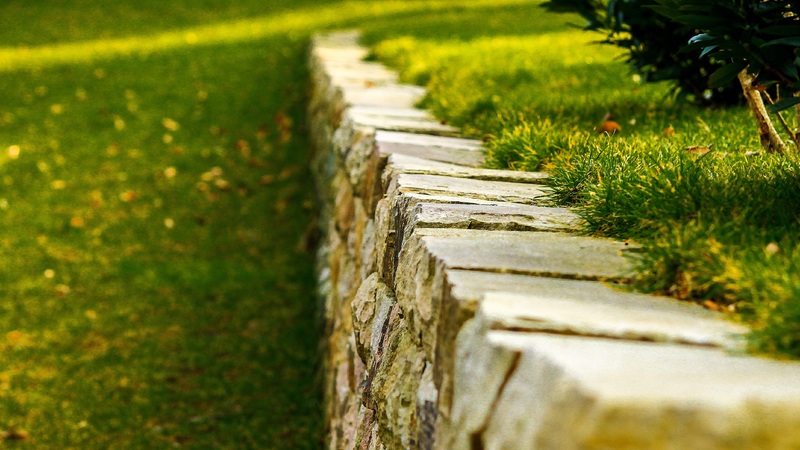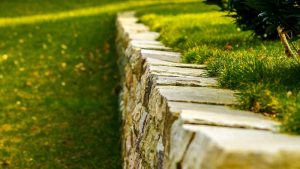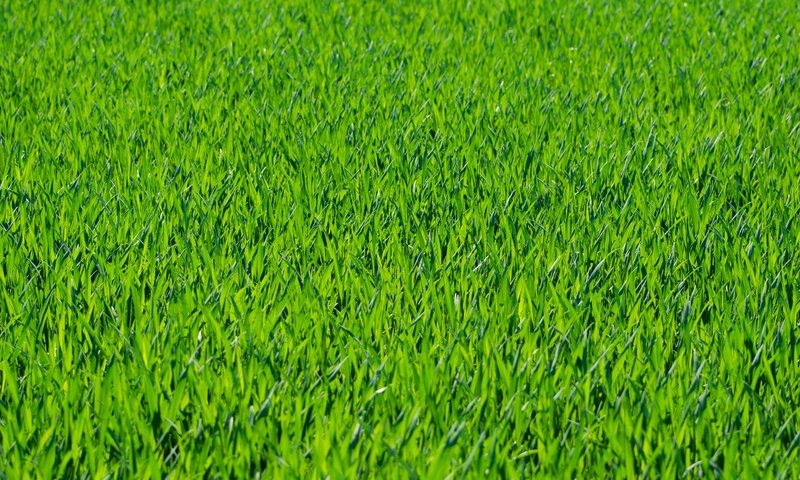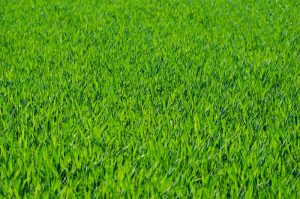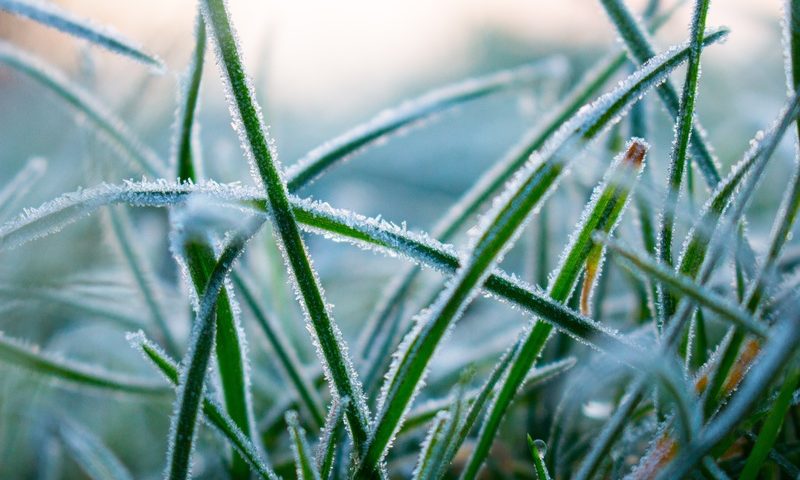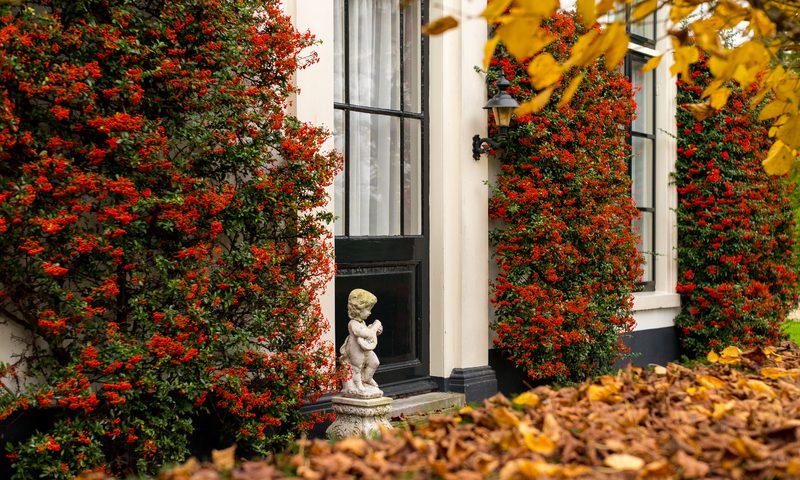Do You Need a Retaining Wall?
How do you know when it’s time to invest in larger landscaping projects? The prospect of building something bigger than a garden or seeding your lawn is one that can cause stress. There are budgets to consider, finding the right company to do the work, and considerations about how long you might stay in your current home. 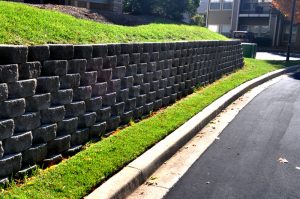
A retaining wall is one of those larger projects that can take time to plan and execute. But it’s also a project that offers both practical and aesthetic advantages. Not only can you prevent serious issues like improper drainage and soil erosion with a retaining wall; you can also add a beautiful, unique architectural element to your outdoor space.
If you’ve ever wondered if you might need a retaining wall, keep reading. We’re sharing a few things to consider before you start planning the project.
Consider Your Yard’s Slope
If your home sits on land that isn’t level, a retaining wall might be necessary to create a flat surface. This will allow you to install additional landscaping features like a fireplace or a patio, or to plant a garden.
Installing a retaining wall can also help prevent soil erosion, which can happen when water runs through sloped soil and causes the soil to move from one area to another. This runoff can be detrimental to your home’s foundation and is actually one of the primary reasons retaining walls are necessary.
Track Your Water Drainage
Because improper drainage and soil erosion can lead to detrimental–and expensive–foundation damage, understanding the drainage in your yard and around your home is imperative. Knowing where water will pool can help you understand where adjustments should be made. Similarly, knowing how water runs after it rains can help you pinpoint soil erosion. All of this will help you plan how to mitigate the issues that might cause damage at some point.
Once you understand how your space operates without a retaining wall, you can talk with a landscape architect to determine where to place a retaining wall as well as what kind of wall you want.
Consider How You Use Your Space
If your outdoor space is large enough to accommodate different activities, installing a retaining wall might be a great way to add a pleasing visual element to the space while also organizing it for those activities.
Let’s say, for example, that you are an avid gardener and want to start composting. But you’re not crazy about the idea of looking at a compost pile every day. You could design a space that includes a shorter retaining wall that will block the unsightly–but highly beneficial–compost pile from your everyday view.
Or you might want to separate an outdoor patio from your pool, or the pool from your children’s play area. There are countless reasons why a retaining wall might be the perfect addition to your outdoor space.
Going It Alone–or Without Help
Depending on the height and placement of your retaining wall, you may be able to do the project on your own. While that’s an option, we think it’s best to work with a professional landscaping company. We’ve built retaining walls for clients throughout the Olathe and Johnson County area, and would love to work with you on your next project.


